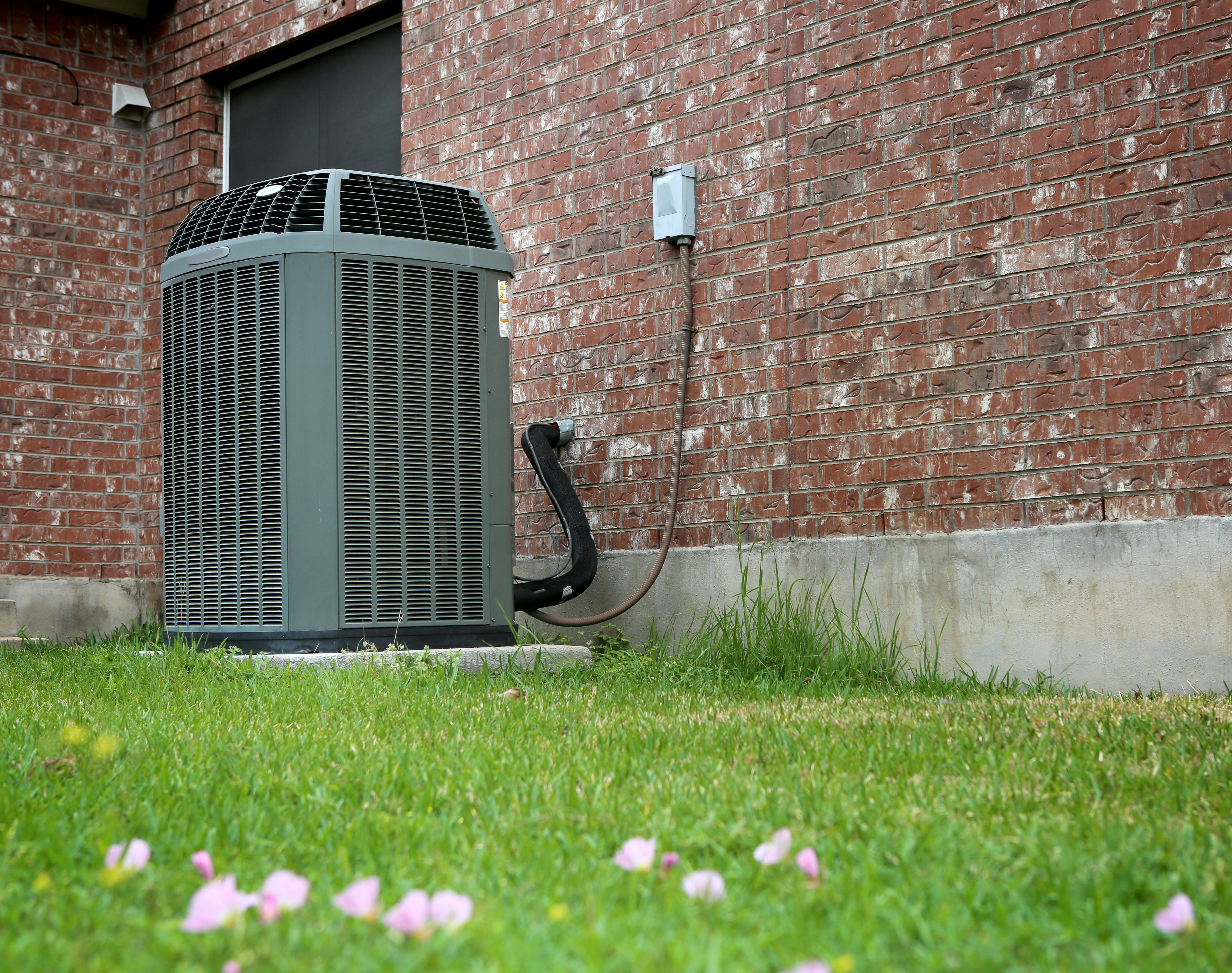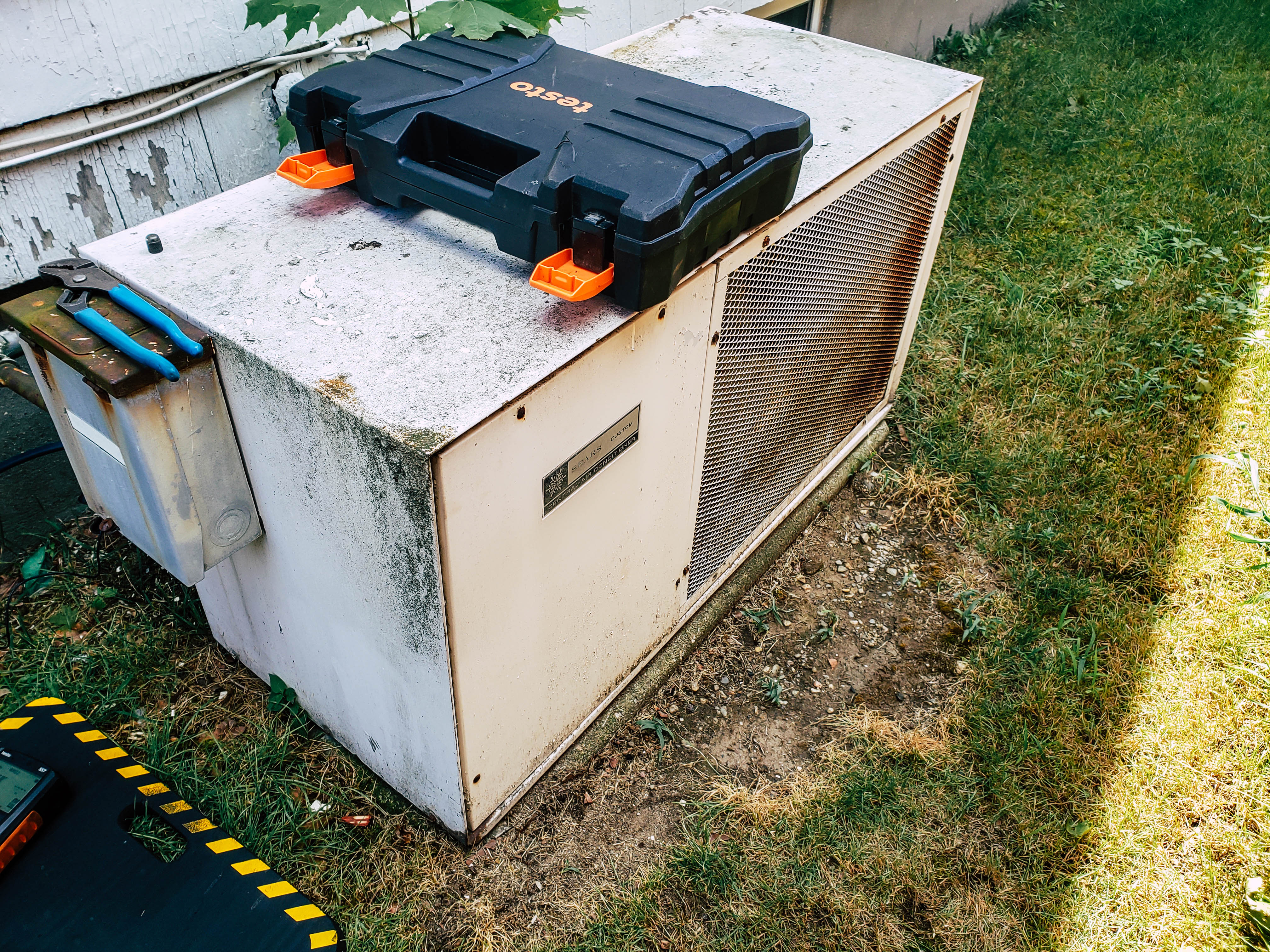Degree days are the simplification of historic weather data that HVAC contractors can use to measure the heating and cooling efficiency of your furnace and air conditioner. If you know about degree days and how to use them, you as a homeowner can measure how efficient your HVAC systems are functioning. The calculations are fairly simple, and it’s satisfying to see that your newly upgraded furnace or air conditioner is paying for itself.
Consider this summer compared to last summer. In a given year, one season could be harsh in comparison to seasons past. By using historical weather data to calculate heating degree days, you can figure out how much energy your furnace uses to heat your home per degree day. This gives you very accurate information about your unit’s efficiency no matter how mild or severe one particular season is compared with another.
Before you upgrade your current furnace or air conditioner, look back on past utility bills and find out the degree days for every month in San Diego by visiting this Western Regional Climate Center website and averaging out the maximum and minimum temperatures for each month then subtracting that figure from 65 to get the degree days for each month of the year. This is how you find out how much energy your furnace used based on degree days.
With this figure in hand, you can compare your newly upgraded system with the energy consumption of your old system as the seasons progress. For information about highly energy efficient HVAC equipment for heating and cooling, contact ASI Hastings Heating and Air Conditioning in San Diego.







Leave a reply